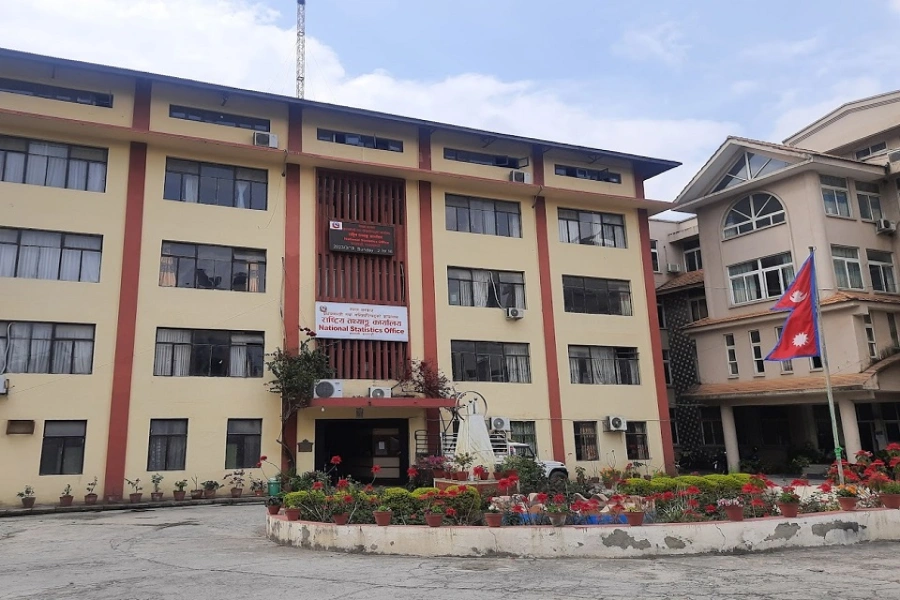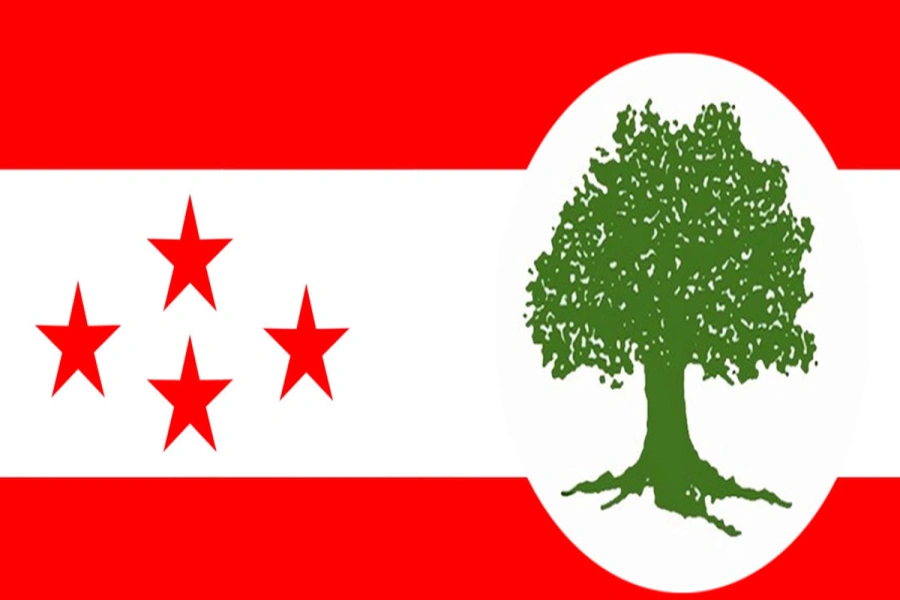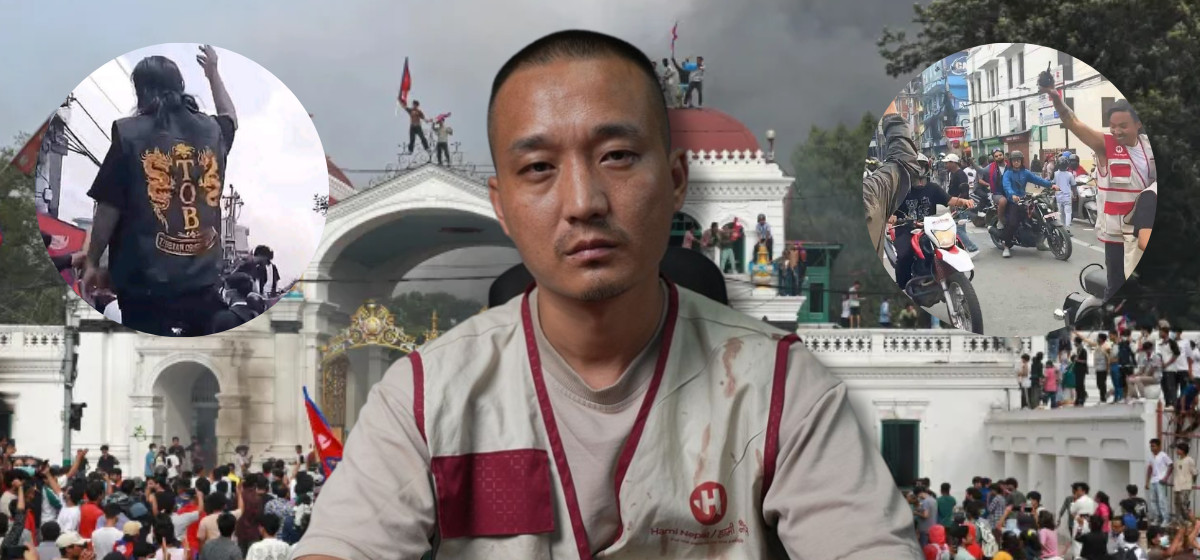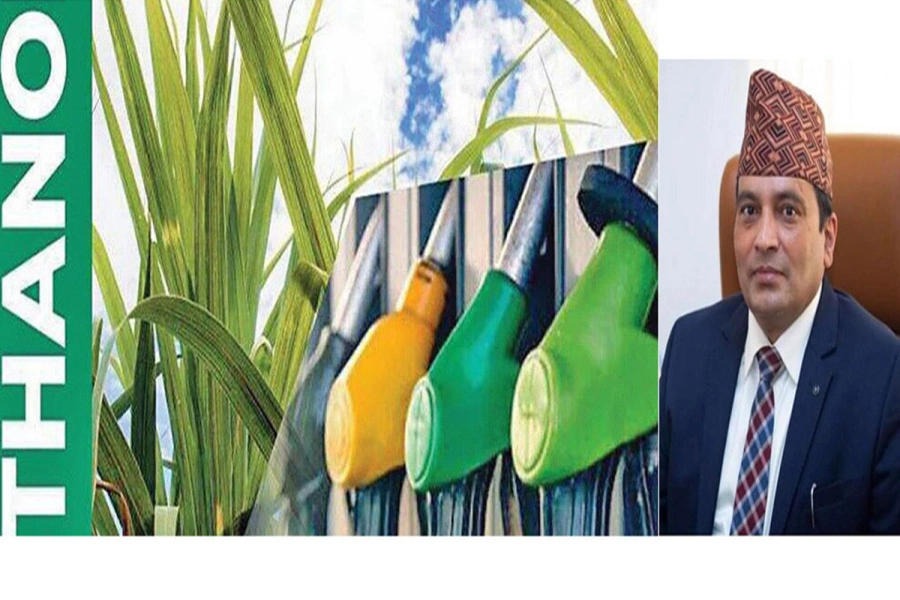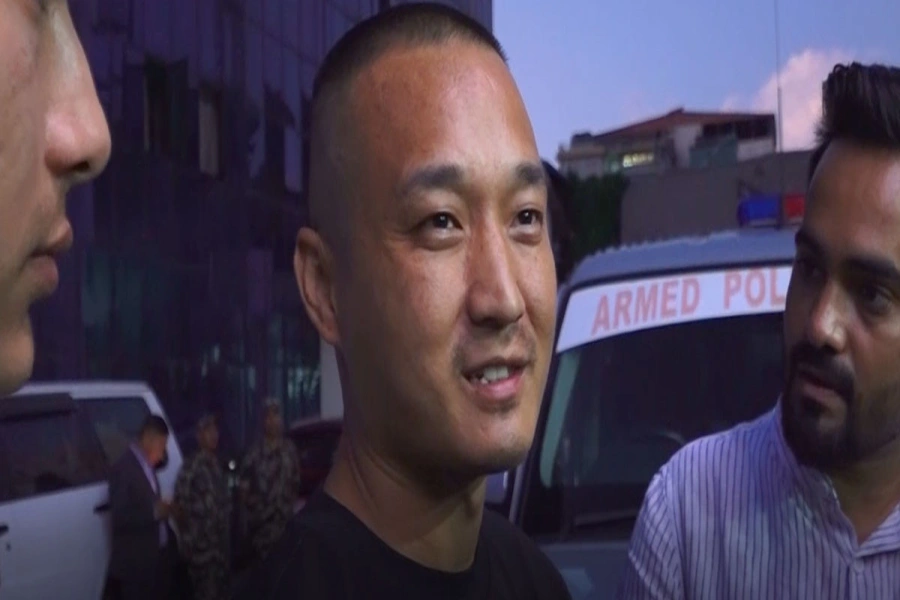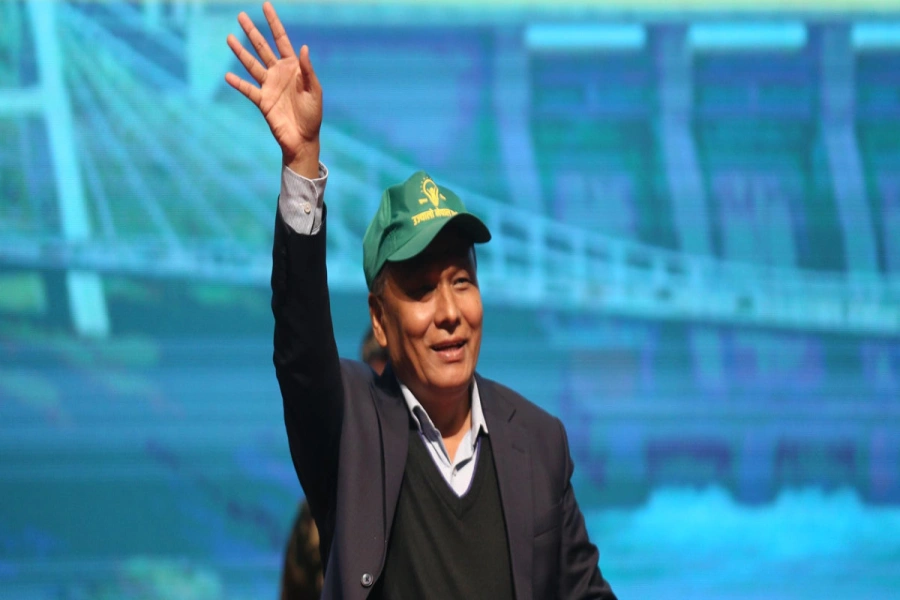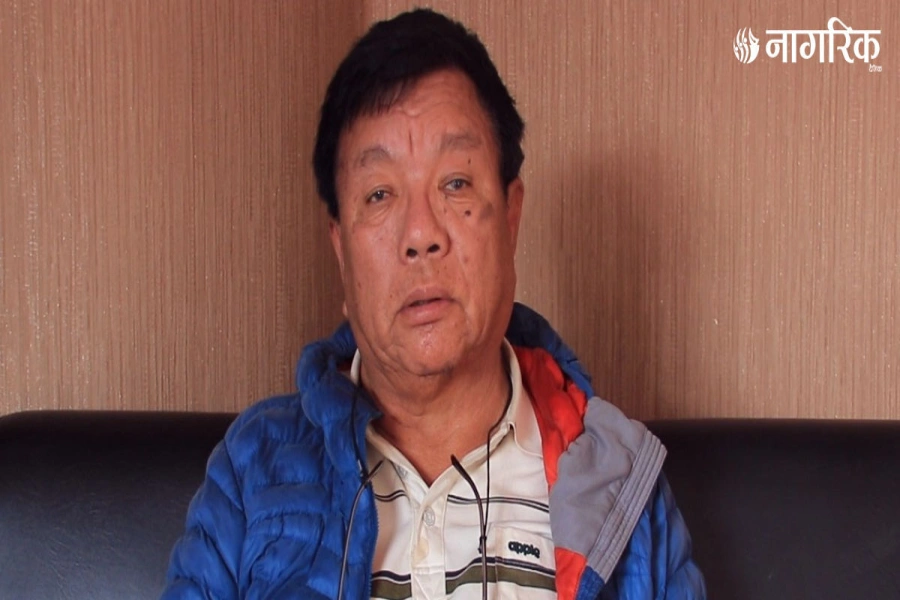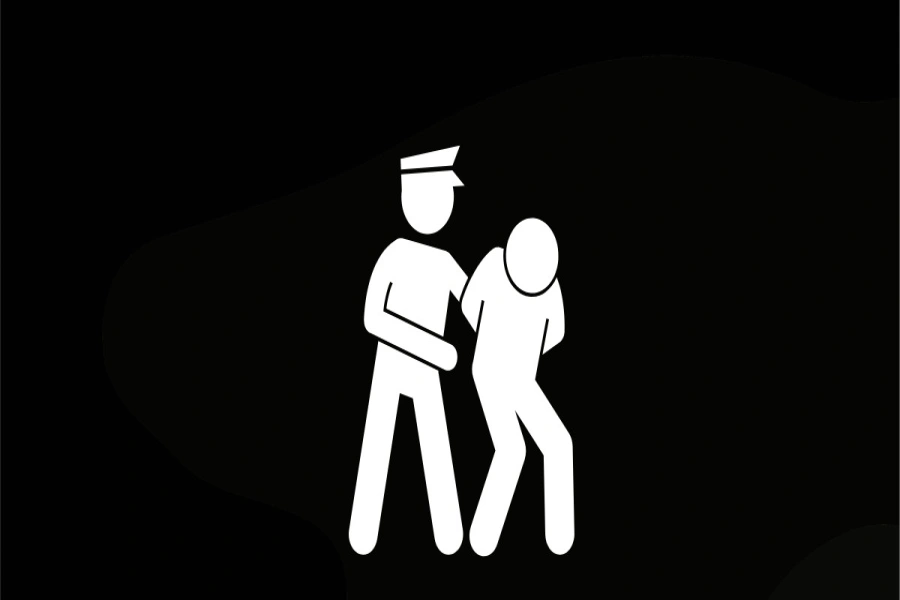Misinformation terrifies people more than the virus. National media as well as social media platforms have greater role to play in raising awareness among people about the virus
The World Health Organization declared COVID-19 a pandemic on March 11 after over 118,000 cases of coronavirus were detected in over 110 countries. Though there has not been an outbreak of coronavirus in Nepal, Nepal will face challenges in containing the outbreak, if it occurs. Densely populated cities, inadequate health infrastructure and very few public health initiatives from concerned stakeholders are some of the challenges. Since Nepal does not have adequate health technology to combat the virus, it can create a huge panic if it enters Nepal.
Apart from these challenges, fake news and social media hoax are the worst enemies. Fake news has the potential to reach a larger mass because it is easy to relate and it directly hits the emotions. Fake news spreads as fast as a real virus with increased penetration of the internet and social media. Misinformation and fake news have spread through social media since December 2019. The regressive mindset, sloppy journalism and hunger of click-bait could lead media houses to spread fear. We tend to care about likes, shares and clicks more than reliable information. Social media has proven to be more fatal.
Few weeks ago, messages claiming to be official from WHO popped up in social media asking people to avoid ice creams and other cold foods and to wash clothes frequently claiming virus stays on clothes for nine hours. Some videos showed men being shot and bodies lying on the streets. Then there were a number of conspiracy theories created in the media. One such conspiracy theory claimed that the virus was developed secretly in China to wage a different form of war against the US. Similarly, a video of a Chinese woman holding a bat with chopsticks went so viral that social media users across the globe started blaming food habits of Chinese people as the cause of outbreak. Later it was proved the video was not from Wuhan, the epicenter of outbreak.
BTS visits White House to discuss combating hate crime surge

People formulate conspiracy theories during the times of crisis. It took decades to make people aware about the real cause of HIV and AIDS. The COVID-19 is not hoax as some claim. But some media outlets are feeding baseless evidence to the people and spreading fear.
Some social media posts are promoting conspiracy theories regarding the cause of infection and offering preventive measures which are not scientifically verified. Dhangadhi Sub-metropolitan urged people to consume basal, turmeric and garlic by issuing official notice.
The real cause of coronavirus has yet to be identified but some are offering prevention tips without knowing whether they can help at all. Misinformation has added to the panic and people are trying just about any measure for prevention. Speculations are being made that sealing of border will bring another blockade. So people are hoarding goods and fuel, creating shortage of essential goods in the market. High price of masks and lack of hand sanitizers in the market are the result of spread of false information in different platforms.
Misinformation terrifies people more than the virus. In these times, national media as well as social media platforms like Facebook and Twitter have greater role to play in raising awareness among people about the virus. This has led the WHO to work with social media platforms in controlling misinformation. For instance, when Facebook users attempt to share misleading information, a message pops up alerting the user that the post includes information that has been deemed false by fact checkers. In the UK, the National Health Service (NHS) has launched a new initiative called counter-disinformation unit, which will partner with tech companies and social media to prevent false news.
Nepal is lagging behind in taking this much-needed step.
Media houses should spread scientifically verified information about coronavirus. Media should pressure the government for increasing preparedness measures. They should not spread fear but should not underestimate the threat either.
In times of crisis like this, only authentic information should be spread. There should be provision of fact checking by experts. Media should help the people differentiate real news from false news. Media literacy to teach the general public how to fact check is necessary.
The government should deploy trained human resources to start temporary fact checking initiatives. The fact checking initiatives not only prevent hoaxes but also help the government to punish those who spread misleading information. The government needs to ensure that the people are not misinformed about coronavirus.
saugat.gautam@gmail.com




